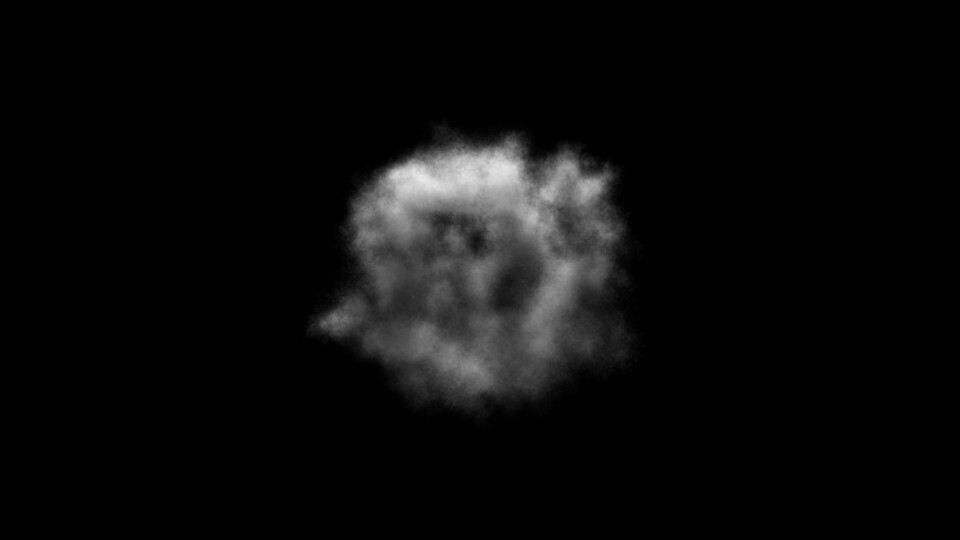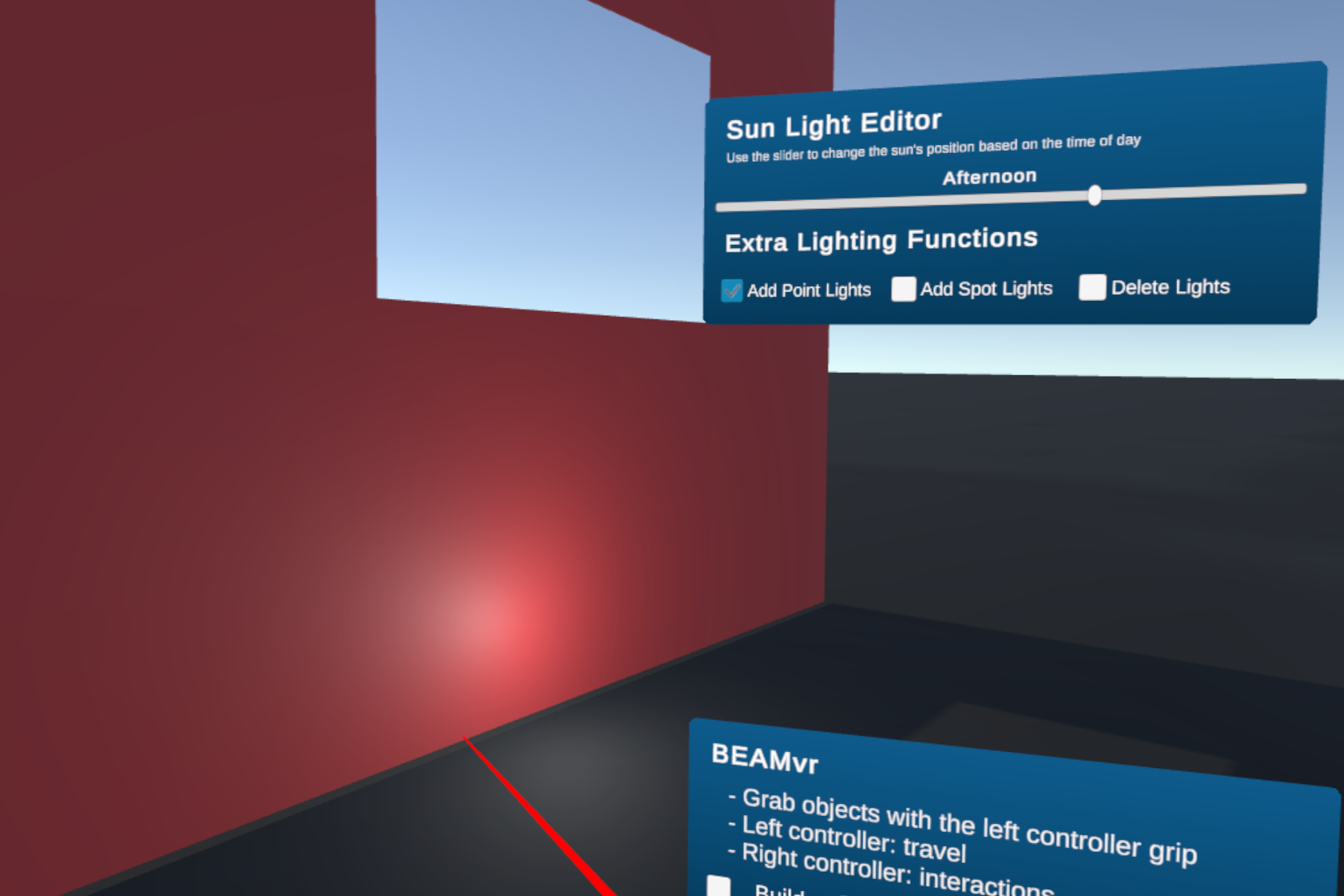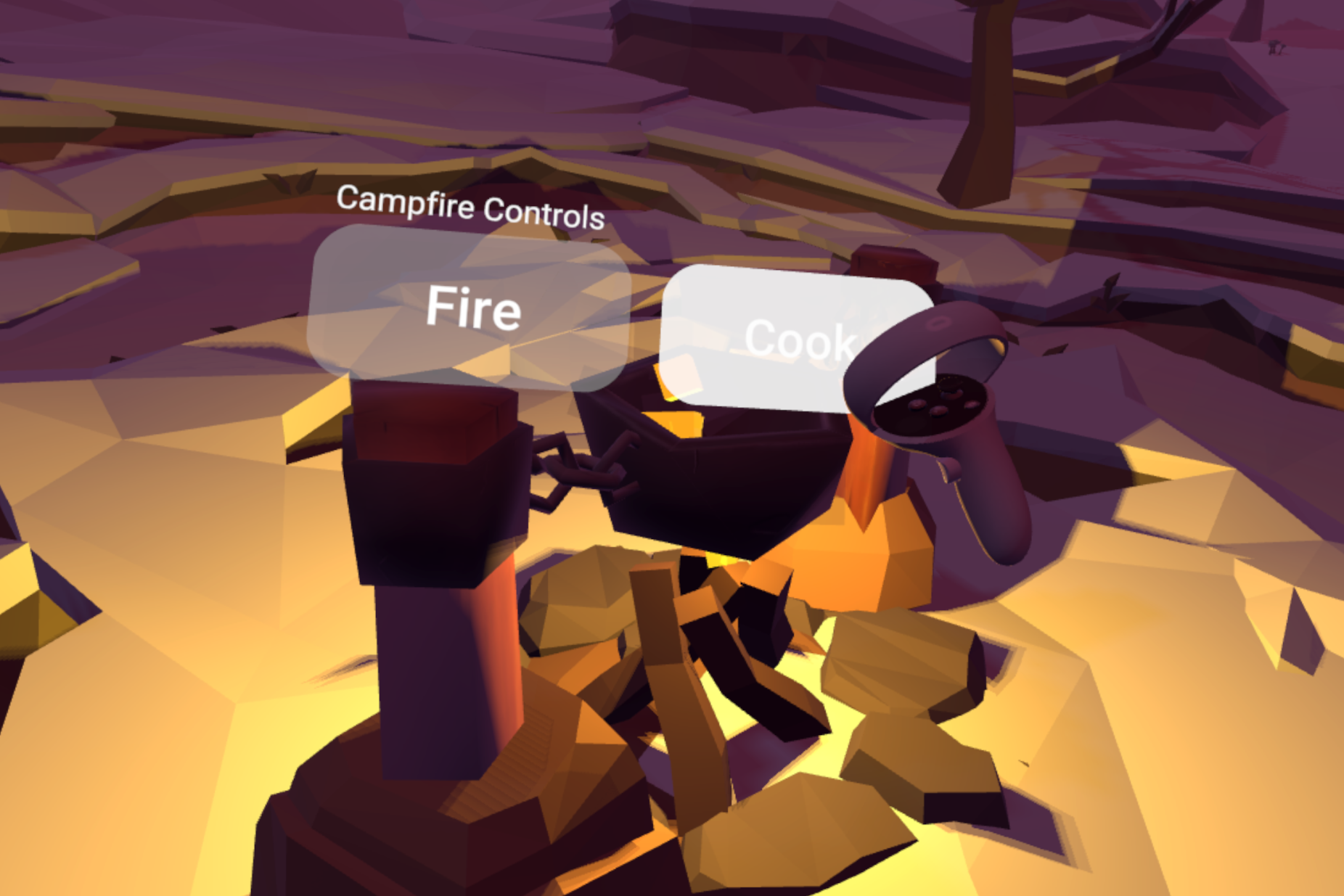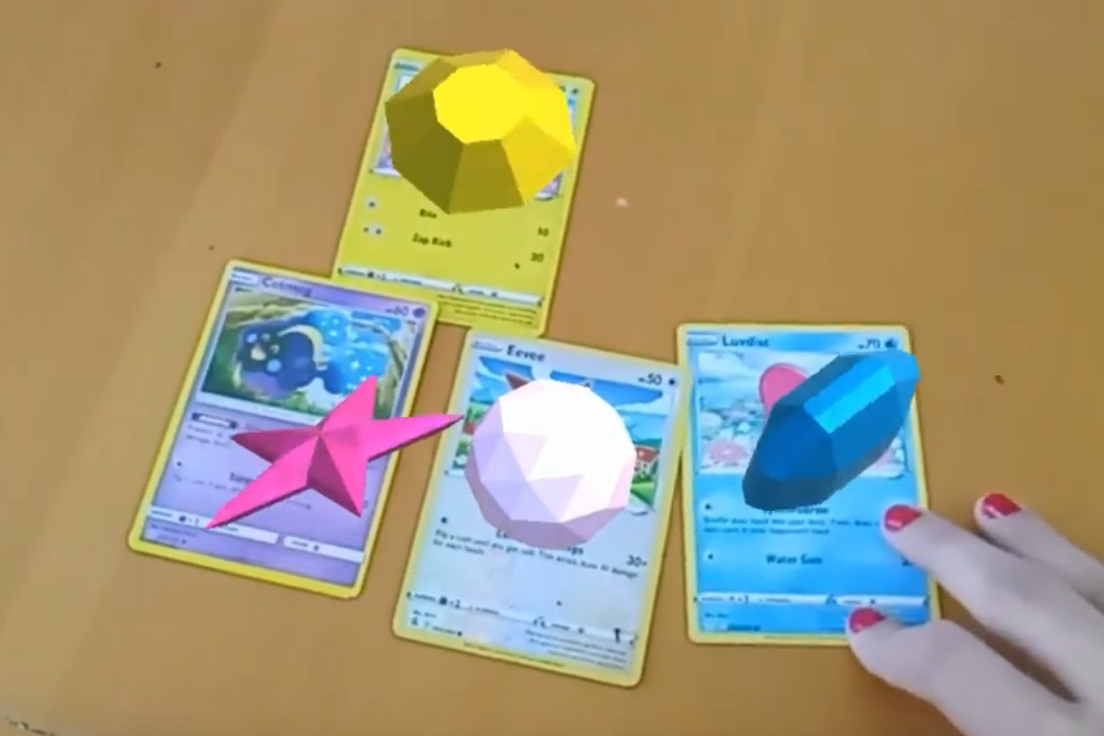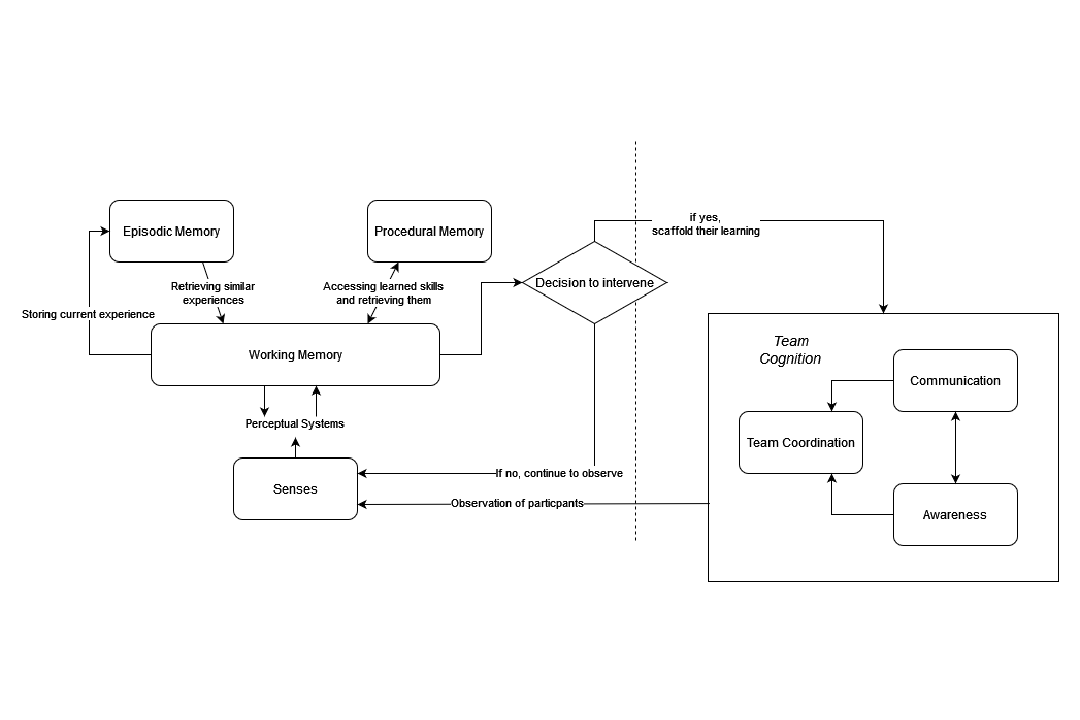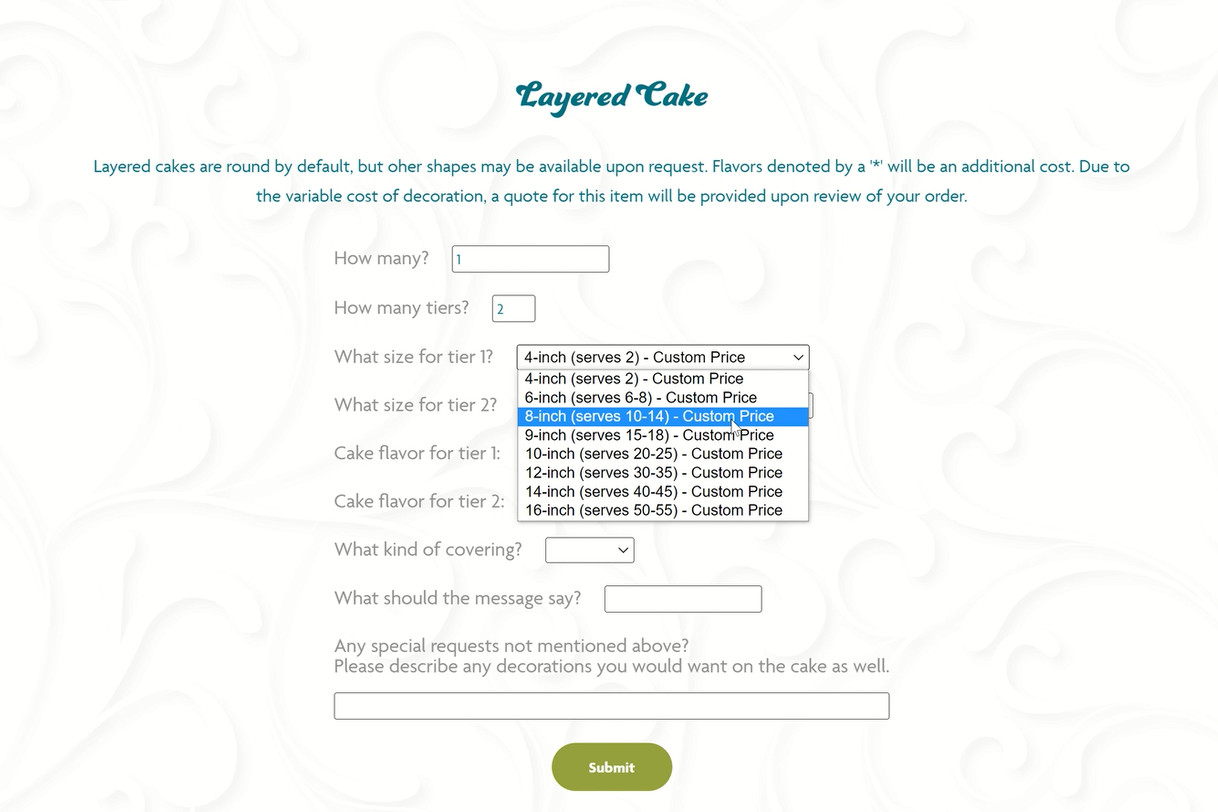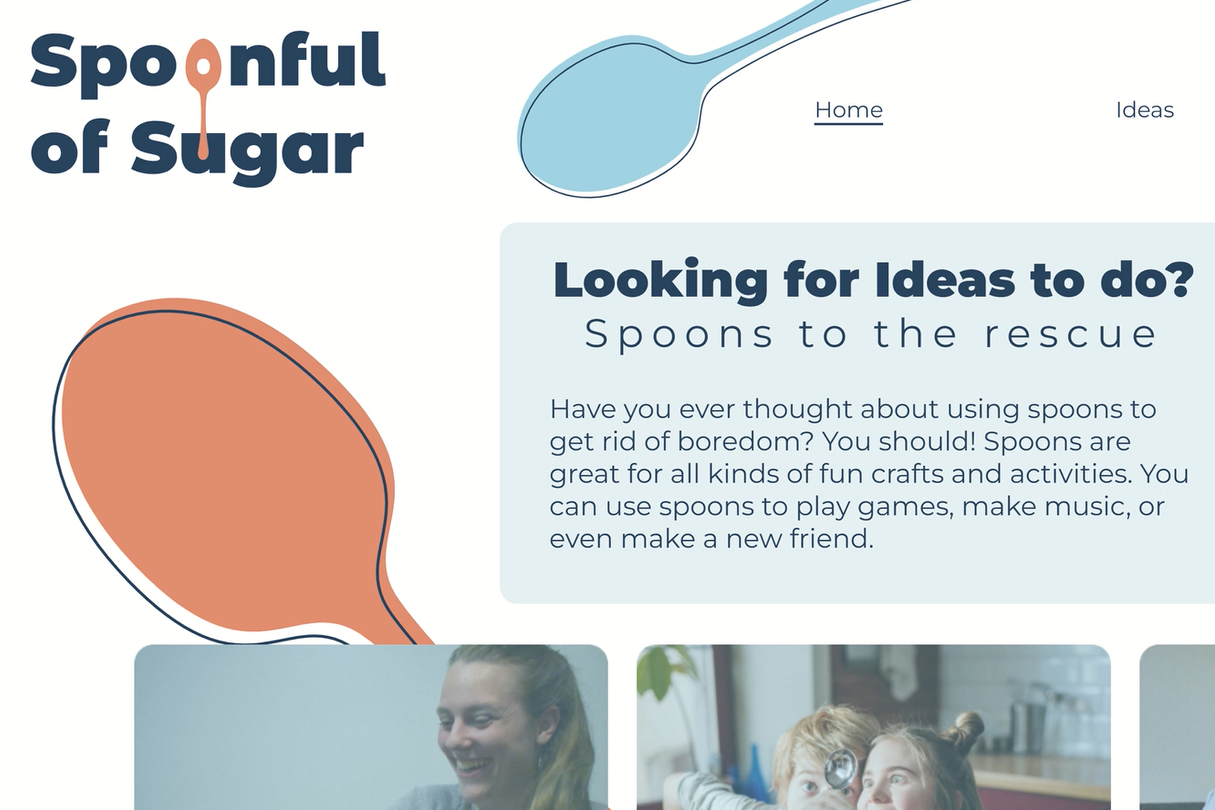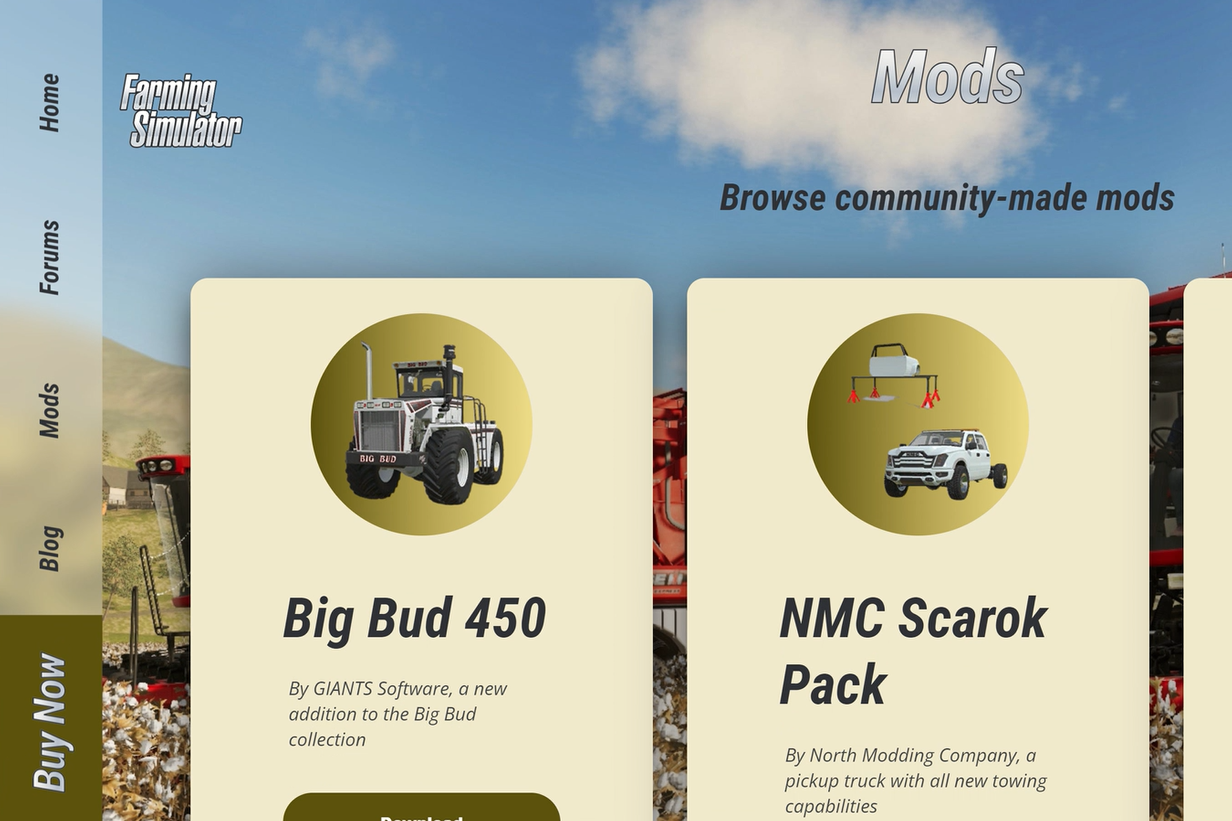Physically Based Effects
At Clemson, I have had the opportunity to learn more technical skills in the production arts including volumetric rendering techniques. Updates to this section and additional projects will be added in the near future.
Mixed Reality
As part of my graduate certificate in Mixed Reality Engineering, I have taken courses on augmented reality, virtual reality, and rapid prototyping of mixed reality applications.
Modeling and Simulation
My master's in Modeling and Simulation allowed me to develop skills in research design, simulation techniques, and human subjects studies.
Design Projects
My undergraduate degree in digital information design provided me with the skills and knowledge to use visual communication to communicate ideas and information effectively. This skill set continues to aid me in my research despite my departure from website design. This section provides some examples of past design projects I have done. The code for most of these examples can be found in the GitHub repo for this project in the branches.
Code and Contact
Code examples and projects I am working on can be found on my GitHub at emjapo. If you have any questions or would like to work with me on a project, contact me at eport@clemson.edu.
